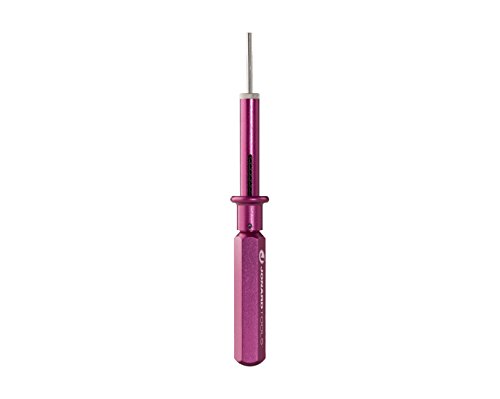I was trying something I saw in a video. The guy mixes his material with borax, lye, oxidizer, and collector metal then melts it down. The molten charge is poured into an upside down pyramid shaped mold. The metal, being heaviest, collects at the tip. Remove cooled casting and break off said tip. Then onto cupellation. Place metal blob in bone ash cupel or a formed mass of Portland cement and heat. As it melts, the more reactive base metal oxidizes and absorbs into cupel.
In my experience, some metal (the most reactive?) did as expected, but not all and not copper. I'd end up with 'brass' that looked like gold, but I knew I couldn't possibly have that much gold in the material. If I pushed it, with more heat and more time, EVERYTHING soaked into the damn cupel! In the video the guy put his lump into the cupel and into a kiln and came back to a little bead of Au & Ag. He even showed how when the last of the base metal left the remaining PM would 'blink', a momentary increase in brightness then the PM bead would be still.
I failed to recreate this, so I've gathered everything back into a blob, made cornflakes, and boiled in makeshift nitric. By adding HCl and bleach I'll be turning this into aqua regia, more or less? Everything goes into solution, no more precipitate, right? If I understand correctly, then I kill the acid with urea, and precipitate the gold with SMB. Does it really just grab gold out of a solution that has 4 or 5 (maybe more) metals dissolved?
Thank you for the link to Hoke and the others.































































![[5-Yrs Free Data Recovery] Gigastone 256GB Micro SD Card, 4K Game Pro, MicroSDXC Memory Card for Nintendo-Switch, GoPro, Action Camera, DJI, UHD Video, R/W up to 100/60MB/s, UHS-I U3 A2 V30 C10](https://m.media-amazon.com/images/I/41c2At+bojL._SL500_.jpg)












